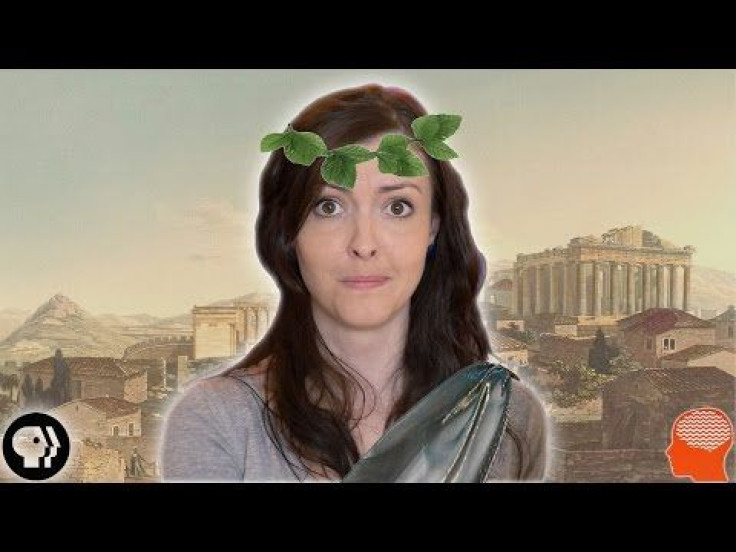History's Strange Myths About How The Brain Works

The human brain is one of the most complex organs in the body that controls our ability to walk, talk, breathe, and think. Modern medicine has devoted several fields to the brain, including neurology, psychology, and psychiatry to delve into its intricate processes. Despite thousands of years of research, scientists are still learning about the brain by debunking myths about how it works, which dates back to ancient times.
In BrainCraft’s new video, “Weird Brain Myths from History,” host Vanessa Hill discusses several theories about the brain in ancient Egypt and ancient Greece. Back in ancient Egypt, people believed the brain was just stuffing to keep the skull from caving in. During mummification, brains were often removed and discarded while the heart was taken with you to the afterlife. Similar to the ancient Greeks, they believed the heart was the seed of consciousness, known as cardiocentric hypothesis.
Aristotle identified the heart as “the most important organ of the body” based on his observations from chick embryos. He considered it to be a three-chambered organ that was the center of vitality in the body. The other organs, such as the brain and lungs, solely existed to cool it, he said. Meanwhile, Rene Descartes believed our nerves contained fluid where animal spirits would flow through our nerves to our muscles to cause movement.
Lastly, the concept of phrenology was introduced, which is the focus on measurements of the human skull. This is based on the idea the brain is the organ of the mind and certain areas of the brain have distinct facilities. It was widely accepted that the surface of the skull was an indicator of your psychological aptitude.
However absurd these myths, science must begin with myths before we can debunk them. Without them, we wouldn’t develop the knowledge to disprove them and learn more about our brain. After all, it’s the most powerful organ in the body that influences our imagination, perception, and decision-making.



























